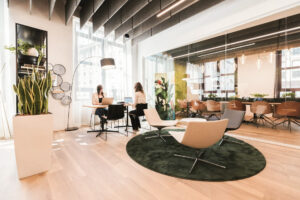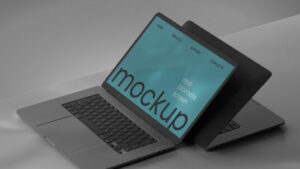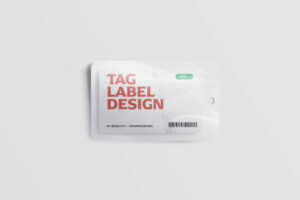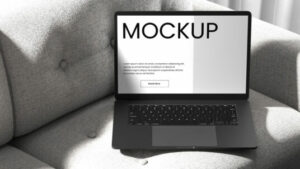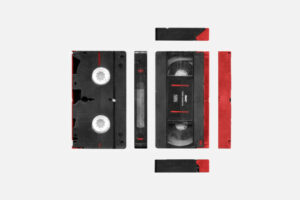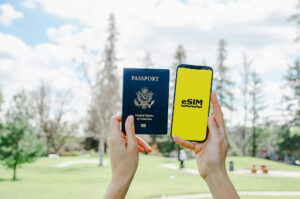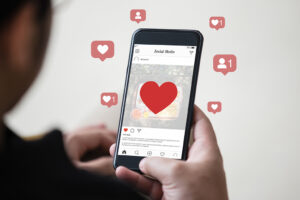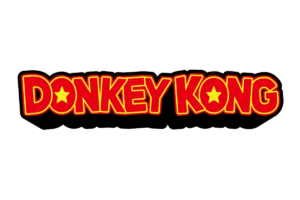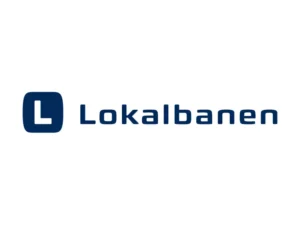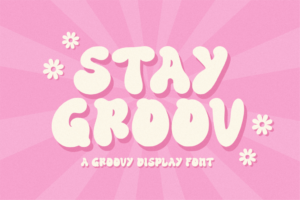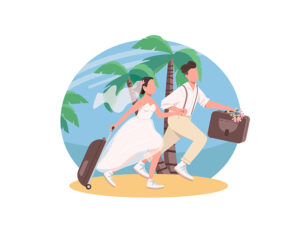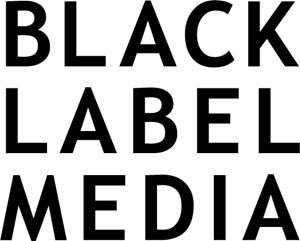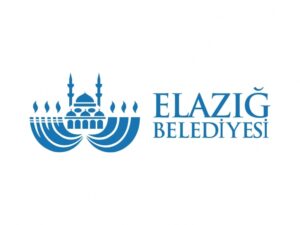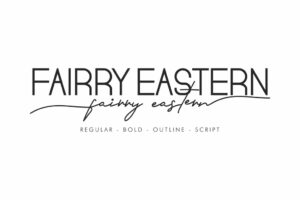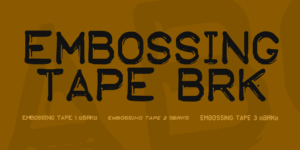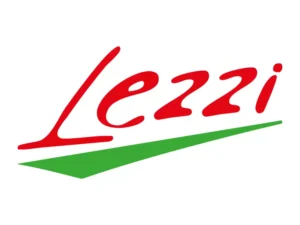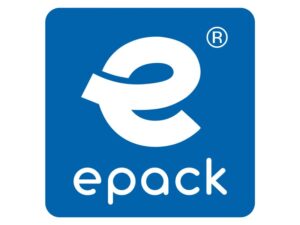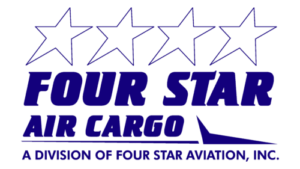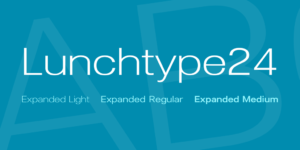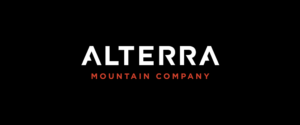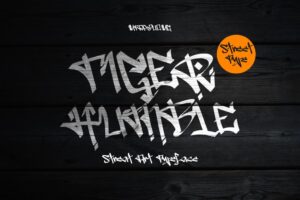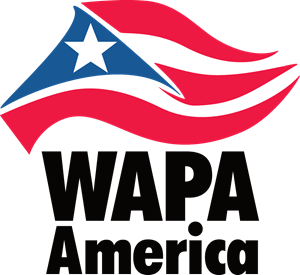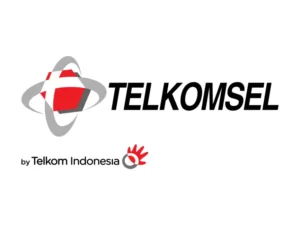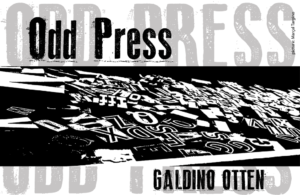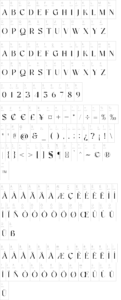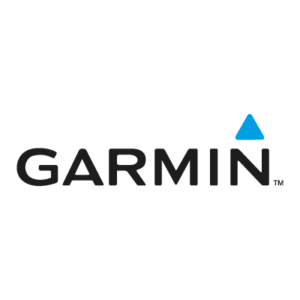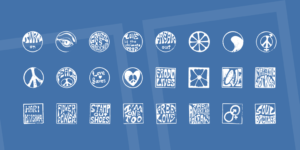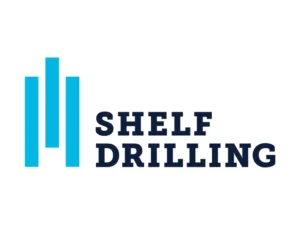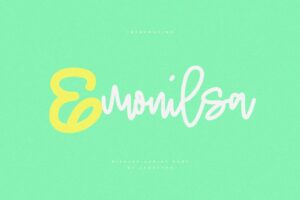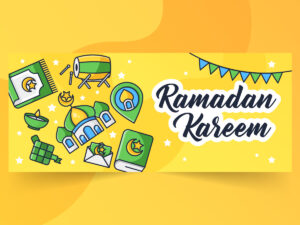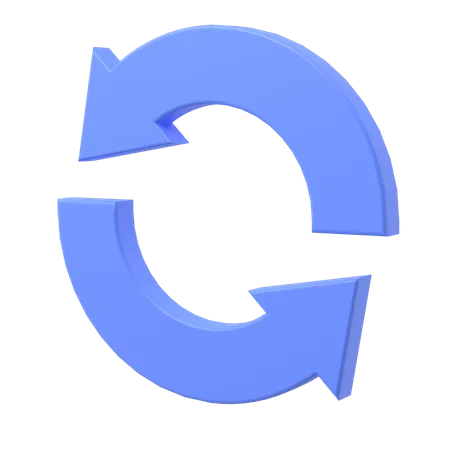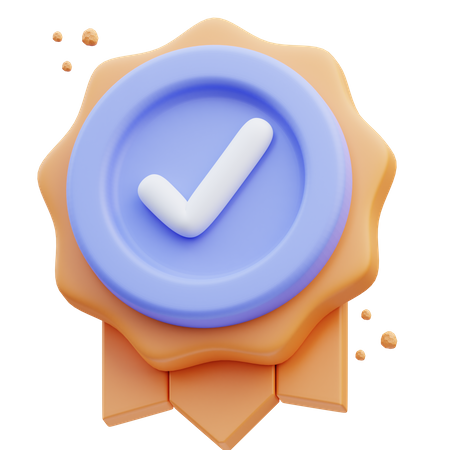About Let?s take a closer look at World of Water, a unique display typeface that blends Art Deco design elements with minimalist techno letterforms to create a distinctive and elegant aesthetic.
First, let?s consider the Art Deco design elements present in World of Water. Art Deco is a style that emerged in the early 20th century and is characterized by geometric shapes, bold lines, and a sense of luxury and glamour. World of Water incorporates these elements into its letterforms, with angular shapes and sharp edges that create a sense of movement and dynamism.
But World of Water doesn?t stop at simply incorporating Art Deco design elements?it takes things a step further by blending these elements with minimalist techno letterforms. This creates a unique juxtaposition of styles that is both unexpected and visually striking. The techno letterforms are sleek and modern, with clean lines and a sense of precision that contrasts with the more ornate Art Deco elements.
The result is a typeface that is simultaneously futuristic and classic, elegant and edgy. It?s a typeface that would be equally at home in a retro-futuristic sci-fi movie as it would in a high-end fashion magazine.
So if you?re looking for a typeface that will help your message stand out, consider World of Water. Its blend of Art Deco design and minimalist techno letterforms is sure to lend your message a distinctive elegance and futuristic edge.
Most Latin-based European writing systems are supported, including the following languages. Afaan Oromo, Afar, Afrikaans, Albanian, Alsatian, Aromanian, Aymara, Bashkir (Latin), Basque, Belarusian (Latin), Bemba, Bikol, Bosnian, Breton, Cape Verdean, Creole, Catalan, Cebuano, Chamorro, Chavacano, Chichewa, Crimean Tatar (Latin), Croatian, Czech, Danish, Dawan, Dholuo, Dutch, English, Estonian, Faroese, Fijian, Filipino, Finnish, French, Frisian, Friulian, Gagauz (Latin), Galician, Ganda, Genoese, German, Greenlandic, Guadeloupean Creole, Haitian Creole, Hawaiian, Hiligaynon, Hungarian, Icelandic, Ilocano, Indonesian, Irish, Italian, Jamaican, Kaqchikel, Karakalpak (Latin), Kashubian, Kikongo, Kinyarwanda, Kirundi, Kurdish (Latin), Latvian, Lithuanian, Lombard, Low Saxon, Luxembourgish, Maasai, Makhuwa, Malay, Maltese, Maori, Moldovan, Montenegrin, Ndebele, Neapolitan, Norwegian, Novial, Occitan, Ossetian (Latin), Papiamento, Piedmontese, Polish, Portuguese, Quechua, Rarotongan, Romanian, Romansh, Sami, Sango, Saramaccan, Sardinian, Scottish Gaelic, Serbian (Latin), Shona, Sicilian, Silesian, Slovak, Slovenian, Somali, Sorbian, Sotho, Spanish, Swahili, Swazi, Swedish, Tagalog, Tahitian, Tetum, Tongan, Tshiluba, Tsonga, Tswana, Tumbuka, Turkish, Turkmen (Latin), Tuvaluan, Uzbek (Latin), Venetian, Vepsian, V?ro, Walloon, Waray-Waray, Wayuu, Welsh, Wolof, Xhosa, Yapese, Zapotec Zulu and Zuni.


